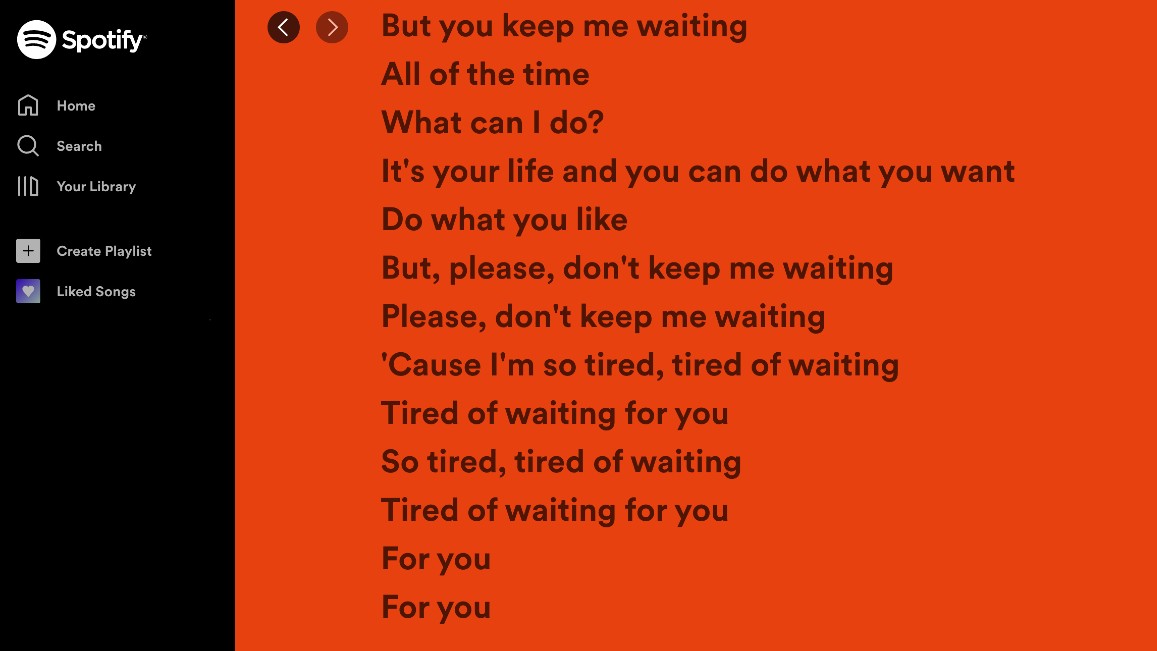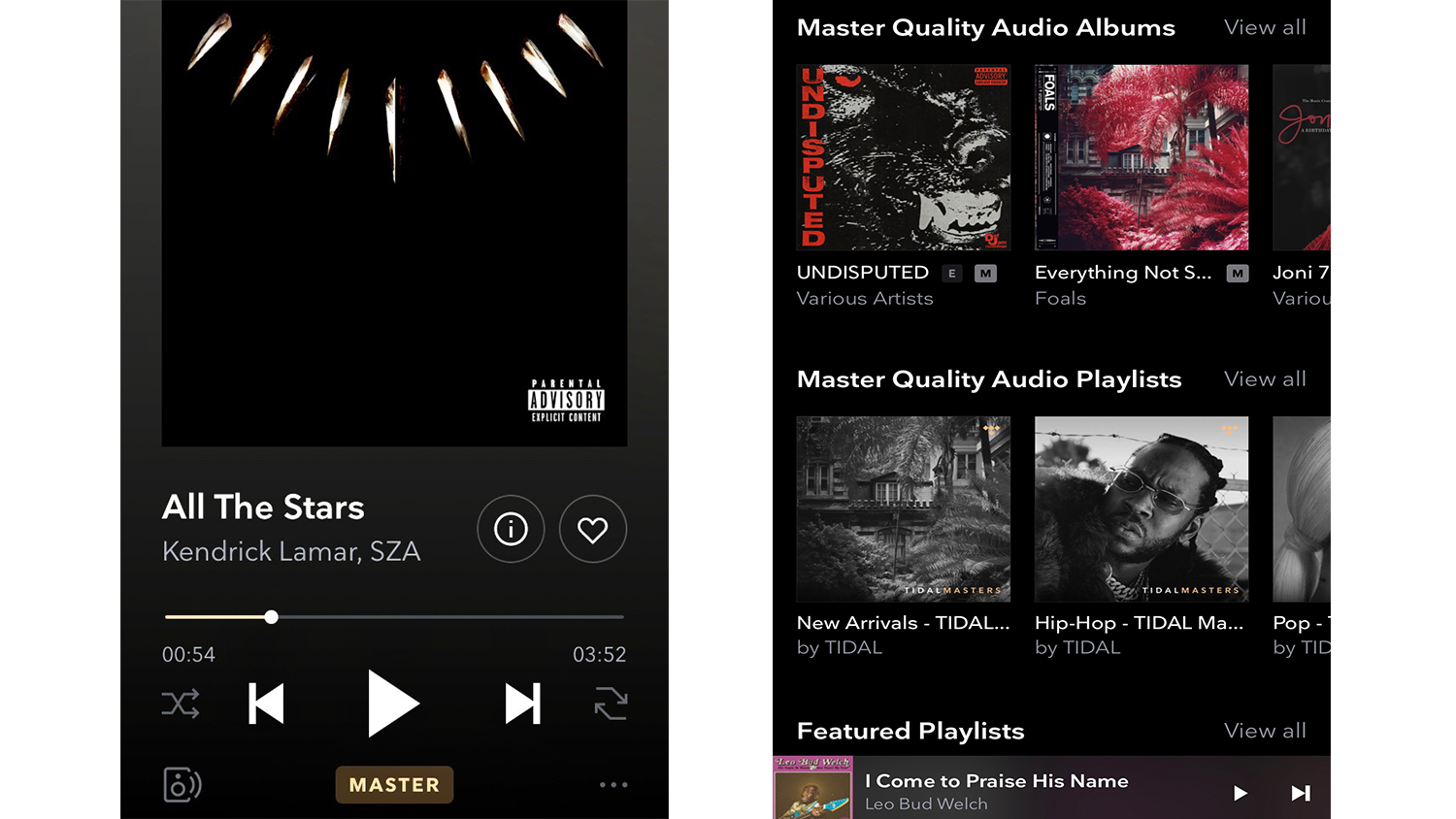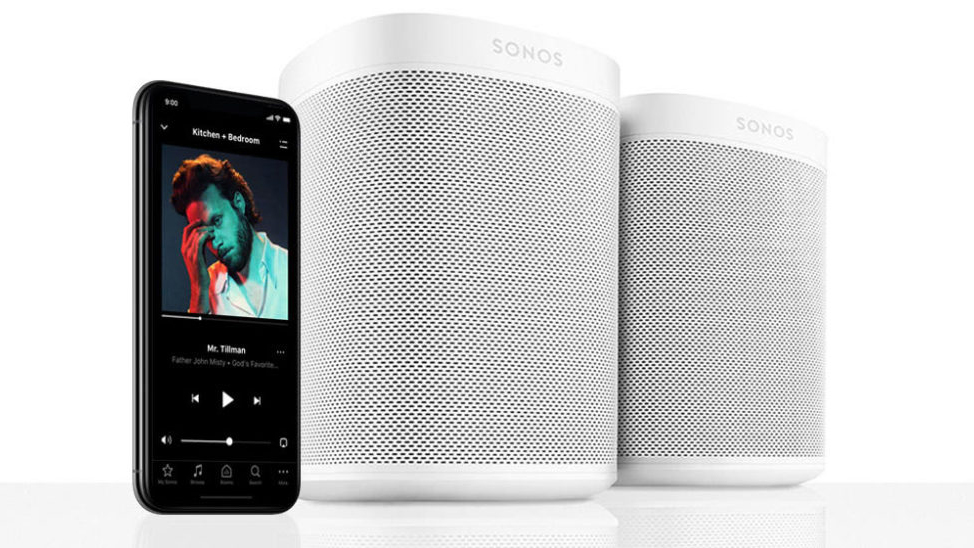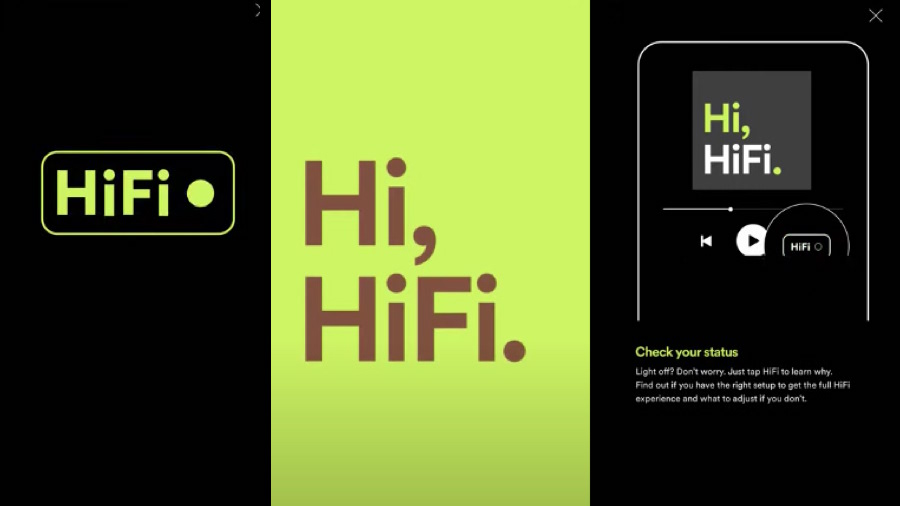An excruciating timeline of our six-year wait for Spotify HiFi
And a good excuse to muse the milestones of hi-res streaming

Honestly, it’s got to that point where we’d put the agonising six-year wait for Spotify HiFi alongside the 13-year and 36-year interval for the Avatar and Top Gun sequels. The worst part, of course, is that this is six years and counting. OK so Spotify actually only confirmed it would release a ‘Spotify HiFi’ lossless tier just shy of two years ago, but we can trace stories of the first rumours back to 2017. We wrote that ‘Spotify Hi-Fi tier set to offer lossless streaming’ in March of that year (just after Donald Trump was inaugurated as President, to put a fine point on how long ago that actually was) based on a test the service was carrying out, and since then there has been a steady stream of hints and developments pointing to Spotify HiFi appearing on the horizon.
The elephant in the room is that 22 months after Spotify said HiFi would launch, we still don’t have it. It is very disappointing, though Spotify must be just as frustrated about whatever is holding up its launch – apparently it’s stuck in a licensing feud, though the company hasn’t said publically much on the matter.
Surely next year has to be the year it materialises (I know, we said that last December…), but while we continue to wait, not so patiently these days, let’s take a trip down memory lane to remind ourselves of the journey so far and, on a cheerier note, some of the milestones that show the progress lossless and hi-res streaming has made over the past decade...
2013: a French coup for lossless quality
Qobuz, a French music streaming service that has been solely operating in its native country since its birth in 2007 (the same year Spotify launched), expands its reach to other countries in Europe, becoming the first service in the UK to offer lossless streaming – specifically, FLAC files in CD quality (16-bit/44.1kHz).
It's safe to say Qobuz was the only 'audiophile' choice at the humble beginning of the hi-res streaming journey.
2014: Tidal brings the competition
October
The Tidal streaming service is born as a rebranded WiMP by its Norweigan founder Aspiro, bringing lossless (CD-quality) streaming to the UK and US. It was then acquired by Jay-Z in March 2015, leading to a star-studded 'relaunch' that saw the likes of Alicia Keys, Arcade Fire, Beyonce, Madonna, Daft Punk and more give a public show of support for the streaming service, with Tidal repositioning itself as "the first-ever artist-owned global music entertainment platform". Around this time, it also announced plans to support hi-res streaming in partnership with Meridian's MQA technology (see below) and it launched in several more markets.
December
Meridian Audio launches Master Quality Authenticated (MQA), a technology that facilitates the efficient streaming of hi-res music and would go on to powering hi-res streaming on Tidal from early 2017 (by which point MQA would be its own company).
Get the What Hi-Fi? Newsletter
The latest hi-fi, home cinema and tech news, reviews, buying advice and deals, direct to your inbox.
2015: Qobuz pips Tidal to hi-res
In June, Qobuz becomes the world's first service to deliver hi-res streaming, offering it to subscribers of its Sublime tier (which offers access to streaming, plus discounted hi-res downloads up to 24-bit/192kHz) via its Android app. In 2019, the service ditched lossy (MP3) streams entirely and entered the US market, and today claims to offer “the richest catalogue of hi-res music for streaming and download”.

2017: a promising year for progress
January
Tidal announces that hi-res streams – dubbed ‘Tidal Masters’ – are being offered to subscribers of its ‘HiFi’ tier for no extra charge, following two years of hi-res streaming trials using MQA technology (we first heard it in January 2016). Later that year, Deezer (another French streaming service) also partnered with MQA, though a hi-res service never transpired.
March
The first rumours of Spotify delivering a lossless quality tier appear. Some Spotify Premium subscribers in the US are offered access to a ‘Spotify Hi-Fi’ lossless streaming service via an in-app notification, sparking expectations that a CD-quality tier would soon be available for an extra $7.50-$10 on top of the cost of the Premium tier, which offers lossy 320kbps music.
November
Deezer launches a ‘Deezer Hi-Fi’ lossless CD-quality tier for its desktop application, though it doesn’t roll out to its web player and Android and iOS apps until 2019.
2019: Amazon joins the party
September
Amazon launches a lossless and hi-res streaming tier of its music service called ‘Amazon Music HD’, offering subscribers over 50 million songs in CD quality and “millions” of 24-bit hi-res streams for an extra £5/$5/AU$5) per month. In May 2021, however, Amazon scrapped the charge – no doubt as a response to Apple Music suddenly adding hi-res streaming for no extra fee – bundling its lossless and hi-res streams into its all-encompassing Music Unlimited service.
In response to Amazon launching its hi-res service, Spotify’s chief financial officer, Paul Vogel, tells The Verge: “A high-quality option is not something that’s been a big differentiator among services. It’s really about the user interface, algorithms, playlists and discoverability. In terms of what consumers are looking for, it’s not something that has really resonated.”
While Spotify was almost certainly testing the waters for a Hi-Fi tier back in 2017, it clearly didn’t seem to be at the forefront of the company's priorities in late 2019.

2021: Spotify HiFi shows up (ish)
February
Four years after it was first teased, Spotify HiFi becomes official. Spotify says the tier will offer lossless streaming (there was no word of hi-res) "beginning later this year". Spotify promises to share more details soon, including price and launch dates. It says that the CD-quality streams would be compatible with Spotify Connect, presumably allowing Spotify HiFi subscribers to easily play high-quality streams between their phone or computer and the mass of Spotify Connect-enabled speakers and devices on the market.
March
Sonos finally supports hi-res on its service – through Qobuz. It comes as welcome news for Sonos owners who had been waiting patiently for the chance to stream higher-quality audio. It was followed in December of that year by the announcement that Amazon’s hi-res streams would also be supported by the popular multi-room ecosystem.
Since then, Sonos has posted on its blog: ‘If you prefer another streaming service that offers hi-res audio not currently available on Sonos, know that we look forward to introducing more high-resolution experiences in the future.’ So there is hope that Tidal could be added at some stage.
May
Apple Music adds support for lossless and hi-res audio, as well as Spatial Audio with Dolby Atmos, at no extra cost, making it the best-value hi-res service on the market at £10/$10/AU$11.99 per month at the time of launch (today it’s a close call between Apple and Amazon).
Spotify HiFi seems within grasp as one Reddit user reports he has found the Spotify HiFi menu in a song in its iOS app. The HiFi icon apparently appeared in the lower right corner of the app, and clicking on it brought up the message: "Use wired devices or speakers that are capable of playing lossless audio, 16-bit/44.1kHz quality or higher, to successfully listen to music in HiFi." This indicated that Spotify's long-awaited higher-quality offering would launch imminently. Of course, that wasn’t to be…
August
A leaked video, posted online by another Reddit user, seems to offer a welcome tour of Spotify HiFi. The 57-second video, which appears to be legit, is attached to the caption: “Here’s a sneak peek at the upcoming HiFi onboarding process from modifying the app." The tour explains "how to get the full HiFi experience" and why Spotify Connect is "the best way to listen to HiFi", and ends with a "Get access to HiFi" button. Again, more teasers that lifted (and then shattered) our spirits.

2022: disappointing delays
January
When December 2021 came and went and Spotify was yet to materialise, people started wondering where it was and what had happened. Spotify clearly felt some heat, posting to pleas on the Spotify Community website with: ‘We know that HiFi quality audio is important to you. We feel the same, and we’re excited to deliver a Spotify HiFi experience to Premium users in the future. But we don’t have timing details to share yet.’
February
Spotify CEO Daniel Ek admits he doesn’t know when Spotify HiFi will launch. Speaking on an earnings call to analysts and investors, Ek says that the tier's launch is being held up because of the licensing process, adding that Spotify was in "constant dialogue" with music labels about bringing the feature to market.
October
Will Spotify HiFi even be Spotify HiFi after all? The latest rumour after six months of near-silence suggests a new tier could be called ‘Spotify Platinum’ and include not only ‘HiFi’ sound but also other usability features such as ‘Playlist Pro’ and ‘Library Pro’ – for twice the price of Premium. This comes from a Reddit user who reports, upon cancelling their subscription to the streaming service, that they received a survey from Spotify asking whether they would be interested in such an offering.
MORE:
15 tech products make our 2023 wishlist
Hi-res music streaming services compared: which should you sign up for?
Tidal vs Spotify: which streaming service is best for you?
All the latest Spotify HiFi news and rumours
Becky is the managing editor of What Hi-Fi? and, since her recent move to Melbourne, also the editor of the brand's sister magazines Down Under – Australian Hi-Fi and Audio Esoterica. During her 11+ years in the hi-fi industry, she has reviewed all manner of audio gear, from budget amplifiers to high-end speakers, and particularly specialises in headphones and head-fi devices. In her spare time, Becky can often be found running, watching Liverpool FC and horror movies, and hunting for gluten-free cake.
-
Friesiansam There are enough good alternatives, to just not care about Spotify's failure to get HiFi up and running.Reply -
Mac_555 Maybe it's time What Hifi finally stopped giving Spotify 5 star reviews which has been the case for years. It's audio quality is now lagging way behind most of the competition and that should be reflected by an audio magazine.Reply -
Navanski Reply
Absolutely right but I think you're asking too much of this particular publication. WhatHifi seems to be driven by commercial gain and popularism which doesn't necessarily coincide with merit.Mac_555 said:Maybe it's time What Hifi finally stopped giving Spotify 5 star reviews.

